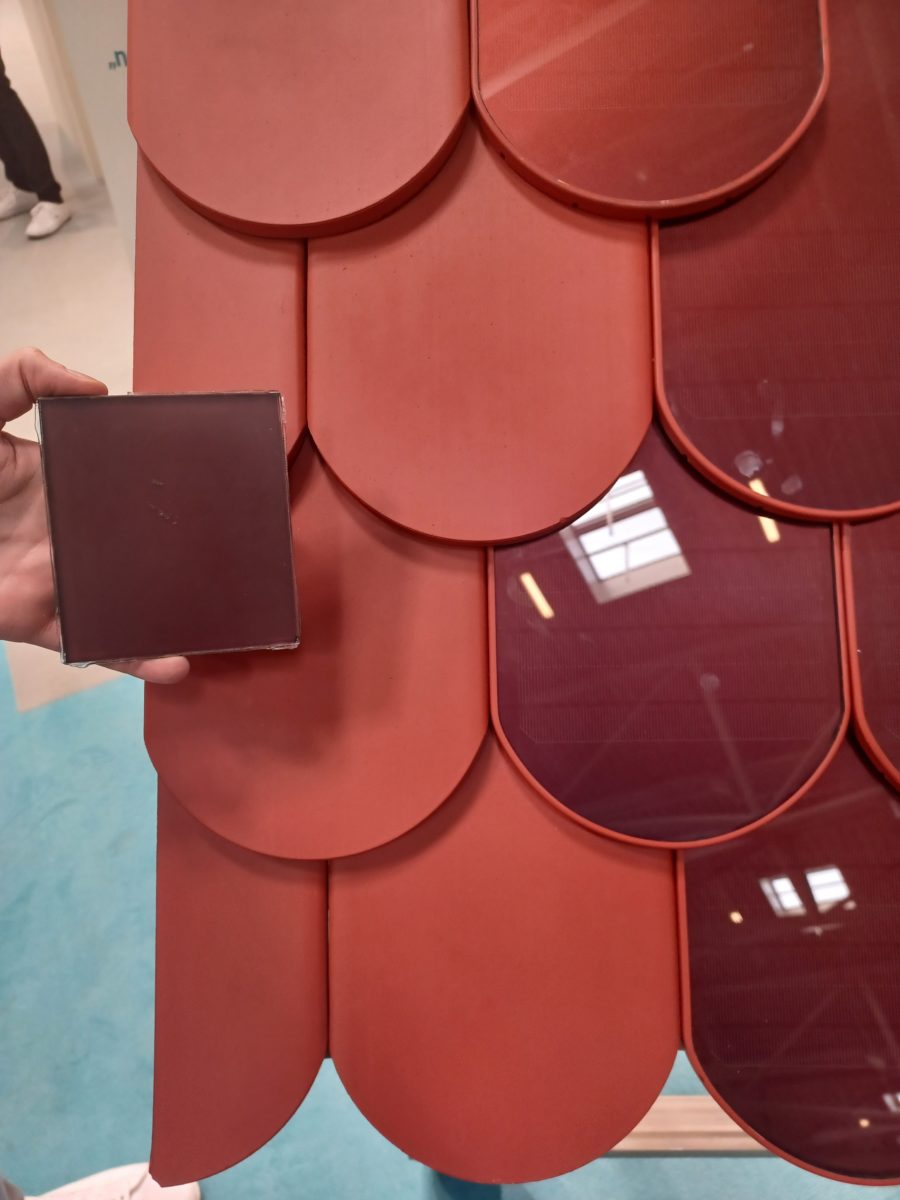It was big news at last year's Intersolar 2021 when Meyer Burger unveiled its new solar tiles, which were designed by paXos. At Intersolar 2022, paXos is showcasing a range of new innovative applications, including its “Solar Solar Beaver Tail Tiles, which come in black and, more importantly, terracotta.
Building-integrated PV (BIPV) is having a strong showing at Intersolar 2022, which is a good sign that the still-niche application is finally on the verge of more widespread adoption. As the long tussle between PV engineers and architects attests, the main opposition to widespread adoption is aesthetic in nature. However, innovations such as paXos's terracotta Beaver Tail are promising, as many European buildings are historical, listed structures requiring a certain level of aesthetic appeal.
In many European countries, such as Poland, the use of plain tiles is widespread, and demand for BIPV is proving to be indelibly tied to the technology's ability to remain inconspicuous. Marius Nennewitz, a paXos project manager, told pv magazine that the Beaver Tail tiles were designed in partnership with Fraunhofer ISE, in order to reduce their reflectivity, in line with local requirements. The result is a duller, rusty colored tile.
Popular content
Like the Solar Roof Tile Mild-Hybrid product that paXos sold to Meyer Burger, the individual tiles can be removed and replaced as required. PaXos has ensured that the tiles have high hail and storm suction resistance, while maintaining the walkability of rooftops. However, the heat utilization is lower than in mild-hybrid systems, in favor of aesthetic improvements.
This content is protected by copyright and may not be reused. If you want to cooperate with us and would like to reuse some of our content, please contact: editors@pv-magazine.com.



1 comment
By submitting this form you agree to pv magazine using your data for the purposes of publishing your comment.
Your personal data will only be disclosed or otherwise transmitted to third parties for the purposes of spam filtering or if this is necessary for technical maintenance of the website. Any other transfer to third parties will not take place unless this is justified on the basis of applicable data protection regulations or if pv magazine is legally obliged to do so.
You may revoke this consent at any time with effect for the future, in which case your personal data will be deleted immediately. Otherwise, your data will be deleted if pv magazine has processed your request or the purpose of data storage is fulfilled.
Further information on data privacy can be found in our Data Protection Policy.